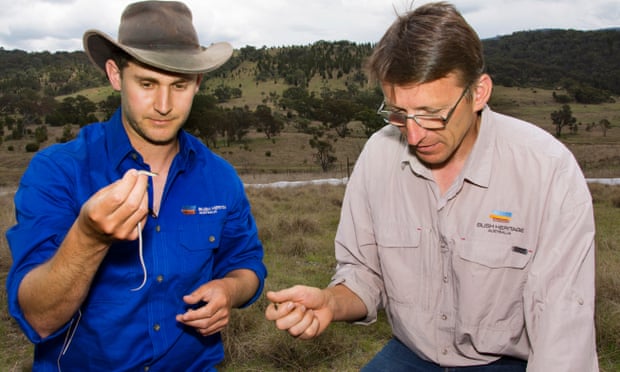This is the Mexican form of Spilotes pullatus, S. p. mexicana.
Spilotes, long a monotypic genus of beautiful black and yellow, neotropical, arboreal, snake, has recently become bitypic—and polymorphic. This was accomplished when a group of herpetologists (see paper mentioned below) undertook the reevaluation of the genus Pseustes, the bird snakes.
The result of their studies are that 3 species previously in the genus Pseustes are now in the resurrected genus Phrynonax and the 3 meter long, olive and brownish Pseustes sulphureus has become Spilotes sulphureus.
In a facebook quote Cesar Barrio Amoros (a member of the research team) stated “in this article we change the use of Psustes (sic) (no longer a valid genus) per Phrynonax for poecilonotus, shoepshirei and polylepis and sulphureus become Spilotes.”
In explanation of the above, with the removal of Pseustes sulphureus, the type species of the genus, Psuestes becomes an invalid generic name and has necessitated the elevation of the senior synonym, in this case Phrynonax as the valid name for the remaining 3 taxa.
So those among you who used to have Pseustes sulphureus now have Spilotes sulphureus and those that have any of the other three Pseustes species now have Phrynonax sp. But fret not. As long as they are properly cared for the snakes couldn’t care less.
And for further information please reference: Jadin, R., Burbrink, F., Rivas, G. Vitt, L., Barrio-Amorós, C.L. & Guralnick, R. 2013. Finding arboreal snakes in an evolutionary tree: phylogenetic placement and systematic revision of the Neotropical birdsnakes. J. Zoolog Syst Evol Res doi: 10.1111/jzs.12055: 1-8.
Continue reading “And Now There Are Two! The Genus Spilotes is now Bitipic” …read more
Read more here: King Snake
















